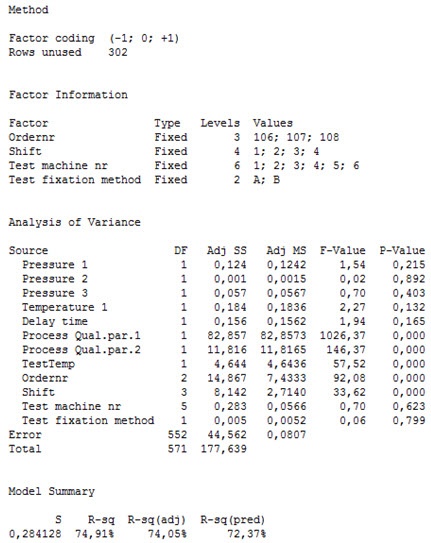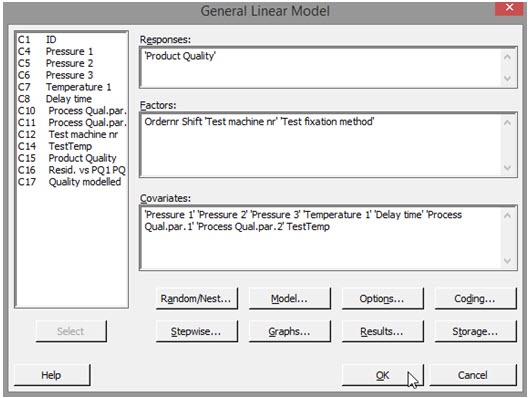
Marine molluscs serve as hosts to a diverse group of parasites and diseases caused by agents including viruses, prokaryotes, fungi, protistans, parazoans and metazoans (e.g. Our field and laboratory results support the parasite-induced gigantism hypothesis, and suggest that both the thermal environment and geographic location explain only a portion of the increased body size, while the parasitic condition is the most plausible factor modulating the outcome of this host-parasite interaction.

However, the metabolic rate was not influenced by the parasite condition or the temperature treatments. Parasitized mussels showed higher growth rates than non-parasitized, regardless of the seawater temperature treatments. In laboratory conditions, mussels collected from a local population in central Chile were exposed to two temperature treatments (12 and 18 ☌). In addition, parasitized mussels from the southern location evidenced thinner shells than non-parasitized ones and those collected from central Chile, suggesting geographical variation in shell carbonate precipitation across intertidal habitats of the Chilean coast. Our field data indicates that in both study locations, parasitized mussels evidenced higher body sizes (shell length, total weight and volume) as compared with non-parasitized. In this study, we compared the effect of a trematode species on shell size and morphology in adult individuals of the intertidal mussels Perumytilus purpuratus (>20 mm) collected from two local populations of contrasting environmental regimes experienced in central-southern Chile. Trematode parasites often impact their hosts by inducing parasitic castration, frequently correlated with increased body size in the host (i.e., gigantism hypothesis), which is postulated to reflect the re-allocation of energy released by the reduction in the reproductive process.

Biological interactions and environmental constraints alter life-history traits, modifying organismal performances.


 0 kommentar(er)
0 kommentar(er)
